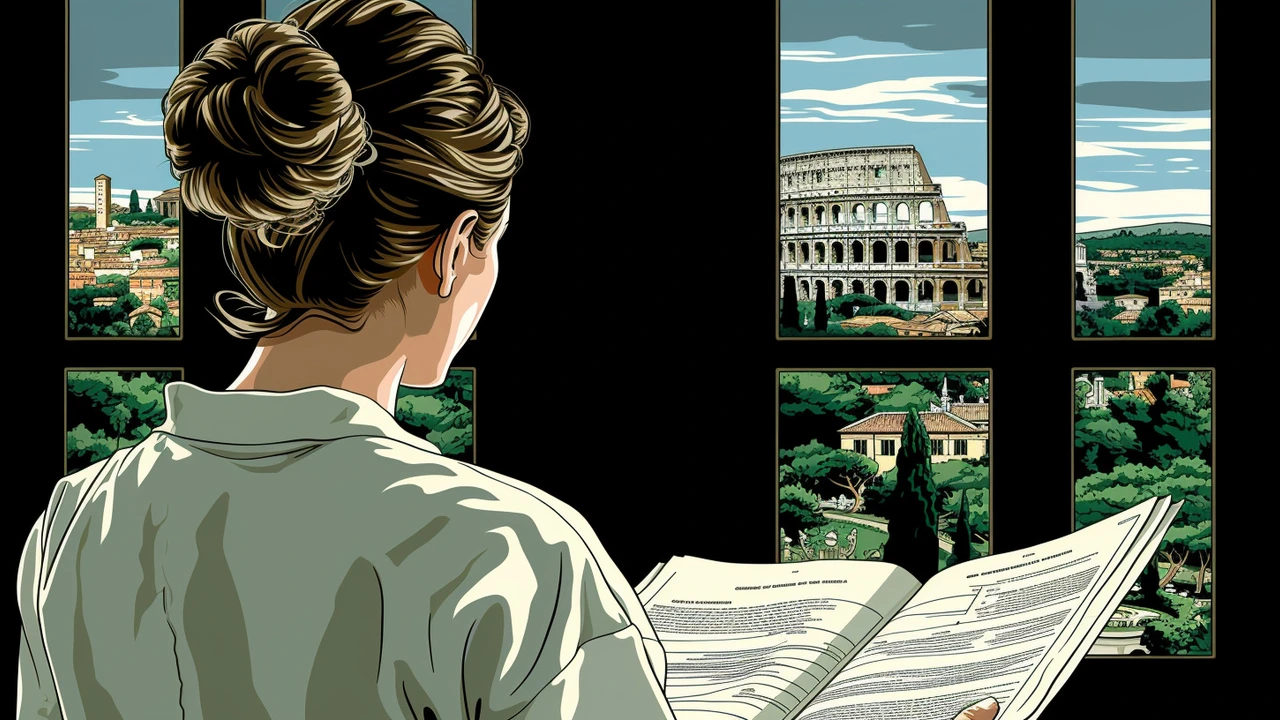Architectural Evolution: How Styles Change and What to Look For
Buildings are time machines. Look closely and you can read technology, taste, and power across centuries. This tag gathers clear, useful guides on how architecture evolved—from Roman engineering to postmodern play—and how that matters for travel, design, and preservation.
Start simple: styles change because people need new functions, new materials, or new ideas. Ancient Romans pushed concrete and arches to build large public works. Gothic builders wanted light and height, so they used pointed arches and flying buttresses. Renaissance architects brought back classical order and balance. Later movements reacted to those rules—Baroque added drama, Neoclassical returned to restraint, and Modernism stripped decoration for function. Revival styles borrowed older looks, while Postmodernism mixed and joked with history.
Quick, practical clues to spot styles
Try a short checklist when you walk past a building. Columns, pediments, or triangular gables point to classical roots or Greek Revival. Heavy stone walls and rounded arches hint at Romanesque. Tall vertical lines, pointed windows, and stained glass usually mean Gothic. Symmetry and formal facades suggest Georgian or Beaux-Arts. Flat roofs, glass walls, and open plans signal Modernism or Functionalism. Gambrel roofs and cozy porches flag Dutch Colonial or Craftsman homes. If a building looks playful, colorful, or ironic, it’s likely Postmodern. Use one or two clues at a time—don’t overthink it.
How to use architectural evolution today
Three quick ways to make this useful: first, travel smarter. Pick one era—say Byzantine domes or Art Nouveau curves—and hunt for details. You’ll notice mosaics, capitals, or floral ironwork you missed before. Second, renovate with confidence. Keep the building’s main proportions and swap in modern systems (insulation, windows, HVAC) so it looks right but works better. Third, design with a dominant theme. Mix a Craftsman porch with clean, modern interiors by choosing one look as the main language and the other as accents.
Preservation matters here. Adaptive reuse turns old banks, churches, or factories into homes and studios while keeping character. That saves materials and tells a neighborhood’s story. When assessing a building, focus on three things: structure (is it sound?), material (can original stone, wood, or tile be preserved?), and detail (which decorative parts are essential to the style?).
If you want to read fast, use this tag to jump between posts on Roman engineering, Gothic Revival, Byzantine domes, Beaux-Arts grandeur, or modern minimalism. Each article gives examples and spotting tips so you can practice in your city or on your next trip. Start by picking one building type—church, courthouse, or home—and compare how different eras solved the same problem. You’ll see why architectural evolution matters: it shapes how we live, how cities look, and how history stays useful in new designs.

The Transformation of Ancient Roman Architecture
Oh, honey, let me tell you about the jaw-dropping transformation of Ancient Roman architecture, it's like a reality TV makeover show, but for buildings! Once upon a time, Romans were all about Greek-style architecture - I mean, who can resist those columned temples and marble statues? But, hold your horses! Romans decided to shake things up and introduced concrete into the mix. Voila! They started having these grand, innovative structures like amphitheaters and aqueducts. It's like when you add a pinch of spice to your grandma's classic recipe and the whole family goes "wow!". So, my lovelies, from Greek-inspired to concrete wonders, Roman architecture had one heck of a glow-up.
Read more